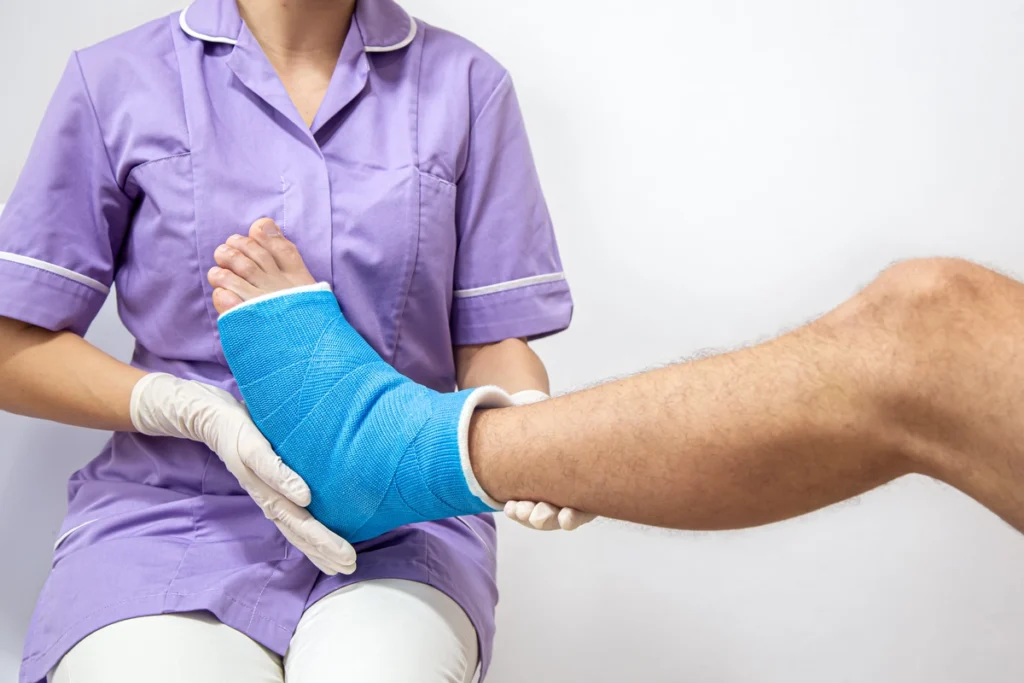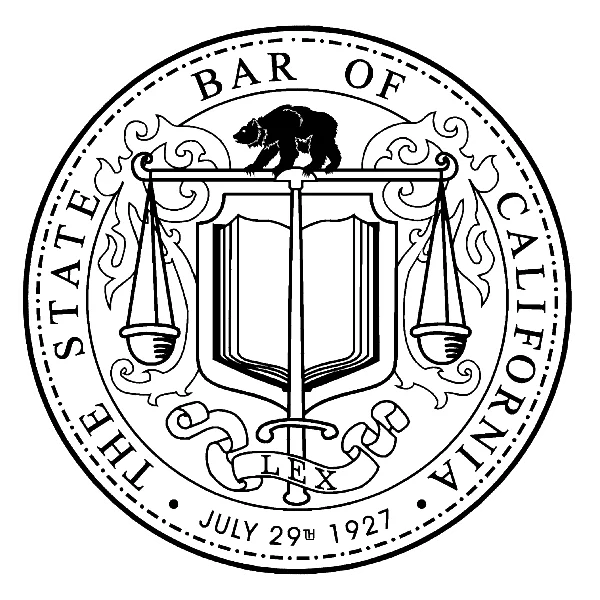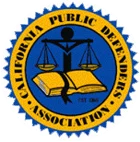What is Considered Personal Injury in California?
When you or a loved one suffer an injury due to someone else’s negligence, it’s important to understand your rights. In California, personal injury cases cover a wide range of circumstances, from car accidents to slip and falls. Each situation can entitle victims to compensation for medical bills, lost wages, and more. If you’re in Northern California, especially looking for assistance with Personal Injury in Redding CA, here’s what you need to know about how personal injury is defined and what types of cases fall under this category.
What is Personal Injury?
Personal injury refers to any harm or injury caused to a person’s body, mind, or emotions due to someone else’s negligence or intentional wrongdoing. In California, personal injury law allows victims to seek compensation if they can prove that another party was at fault. The goal of personal injury law is to provide financial relief to the injured party and hold the at-fault party accountable.
According to the National Safety Council (NSC), about 4.8 million medically consulted injuries occur from motor vehicle accidents each year in the U.S. alone. This makes car accidents one of the most common forms of personal injury claims in California.
Common Examples of Personal Injury in California
Personal injury can occur in many situations, including:
- Car accidents: One of the most common personal injury claims in California.
- Slip and fall incidents: Often due to unsafe conditions on a property.
- Workplace injuries: Including construction accidents or unsafe working environments.
- Medical malpractice: When a healthcare professional’s negligence leads to injury.
- Product liability: Injuries caused by defective or dangerous products.
Each case is unique, and the severity of the injury often determines the compensation the victim may be entitled to.
How is Fault Determined in a Personal Injury Case?
In California, determining fault in a personal injury case relies on the legal concept of negligence. Negligence occurs when one party fails to act with reasonable care, and as a result, someone else is injured. California follows a comparative negligence rule, meaning that even if you are partially at fault for the accident, you can still recover damages. However, your compensation may be reduced by your percentage of fault.
For example, if you are found to be 20% at fault in a car accident, your compensation will be reduced by 20%.
Key Elements to Prove Negligence
To win a personal injury case in California, the plaintiff must prove the following four elements:
- Duty of care: The defendant owed a legal duty of care to the plaintiff.
- Breach of duty: The defendant breached that duty by acting negligently or recklessly.
- Causation: The defendant’s breach of duty directly caused the injury.
- Damages: The plaintiff suffered actual harm or injury.
What are the Types of Compensation Available in Personal Injury Cases?
In a personal injury case, the injured party may be eligible for several types of compensation, often referred to as damages. These damages aim to compensate the victim for the financial, physical, and emotional consequences of the injury.
Economic Damages
Economic damages are intended to cover the financial costs associated with the injury. They are typically easier to calculate and include:
- Medical bills: Costs for treatment, surgeries, hospital stays, medications, and rehabilitation.
- Lost wages: Compensation for the time you were unable to work due to the injury.
- Property damage: Reimbursement for any damage to personal property, such as a vehicle.
- Future medical expenses: If the injury requires long-term care or ongoing treatment.
Non-Economic Damages
Non-economic damages are more subjective and compensate for the emotional and psychological toll the injury has taken on the victim. These include:
- Pain and suffering: Compensation for physical discomfort and emotional distress caused by the injury.
- Loss of consortium: Damages awarded when the injury affects the victim’s relationship with a spouse or family.
- Emotional distress: Compensation for psychological impacts such as anxiety, depression, or trauma related to the injury.
Can I File a Personal Injury Claim After Any Accident?
Not every accident qualifies as a personal injury case. To file a successful personal injury claim in California, there must be evidence of negligence or intentional harm. Additionally, the injury must have caused real harm, either physically, emotionally, or financially.
According to data from the California Department of Industrial Relations, workplace injuries alone accounted for over 462,000 non-fatal injuries and illnesses in private industry during a recent year. These statistics highlight the significant risk of injury in various industries, emphasizing the need for victims to understand their legal rights.
When Should I Contact a Personal Injury Attorney?
If you’ve been injured in an accident and believe someone else was at fault, it’s a good idea to consult with a personal injury attorney as soon as possible. Many attorneys offer free consultations, during which they’ll review your case and provide guidance on the best course of action.
In California, the statute of limitations for personal injury claims is two years from the date of the accident. This means you have two years to file a lawsuit, or you may lose your right to pursue compensation.
What Should I Do After a Personal Injury Accident?
After an accident, your immediate focus should be on your health and safety. Seek medical attention right away, even if your injuries seem minor. In addition, taking certain steps after the incident can significantly improve your chances of success if you decide to file a personal injury claim.
Steps to Take After a Personal Injury Accident:
- Seek medical attention: Even if you don’t feel hurt, some injuries take time to show symptoms.
- Document the scene: If possible, take photos or videos of the accident scene, including any hazards, property damage, or visible injuries.
- Gather witness information: If anyone saw the accident, collect their contact details for future statements.
- File a police report: If applicable, file a report with local authorities.
- Contact a personal injury attorney: An attorney can help protect your rights and ensure that you don’t miss any crucial steps in the legal process.
What Factors Affect the Value of a Personal Injury Case?
Several factors influence the value of a personal injury case in California. While no two cases are alike, the following considerations can significantly impact the compensation you may receive:
- Severity of the injury: The more severe the injury, the higher the compensation is likely to be.
- Medical costs: Higher medical expenses often lead to greater compensation.
- Duration of recovery: If the injury requires long-term treatment or permanent disability, it may increase the value of the case.
- Impact on daily life: If the injury has affected your ability to work or perform daily activities, this will be factored into the damages awarded.
- Insurance coverage: The amount of compensation may also depend on the at-fault party’s insurance limits.
Is California a No-Fault State for Personal Injury?
No, California is not a no-fault state. In a no-fault system, each party’s insurance typically covers their damages regardless of fault. However, in California, the party at fault is responsible for covering the damages of the injured party. This means that if someone else caused your injury, you have the right to file a claim against their insurance to seek compensation.
How Does Comparative Negligence Work in California?
As mentioned earlier, California follows a pure comparative negligence system. This means that even if you share some responsibility for the accident, you can still recover damages. The court will assign a percentage of fault to each party, and your compensation will be reduced by your share of the fault.
For example, if you were 10% at fault for a car accident and your total damages are $100,000, you would still be eligible to recover $90,000.Understanding what qualifies as a personal injury in California and how the legal process works is essential if you find yourself in a situation where you’ve been injured due to someone else’s negligence. Whether it’s a car accident, slip and fall, or medical malpractice, knowing your rights can help you secure the compensation you deserve. Don’t hesitate to seek legal advice to navigate the complexities of personal injury law and protect your future.
For more localized information, especially if you’re seeking help with Personal Injury in Redding CA, it’s important to consult with an experienced personal injury attorney familiar with the unique legal landscape of Northern California.








